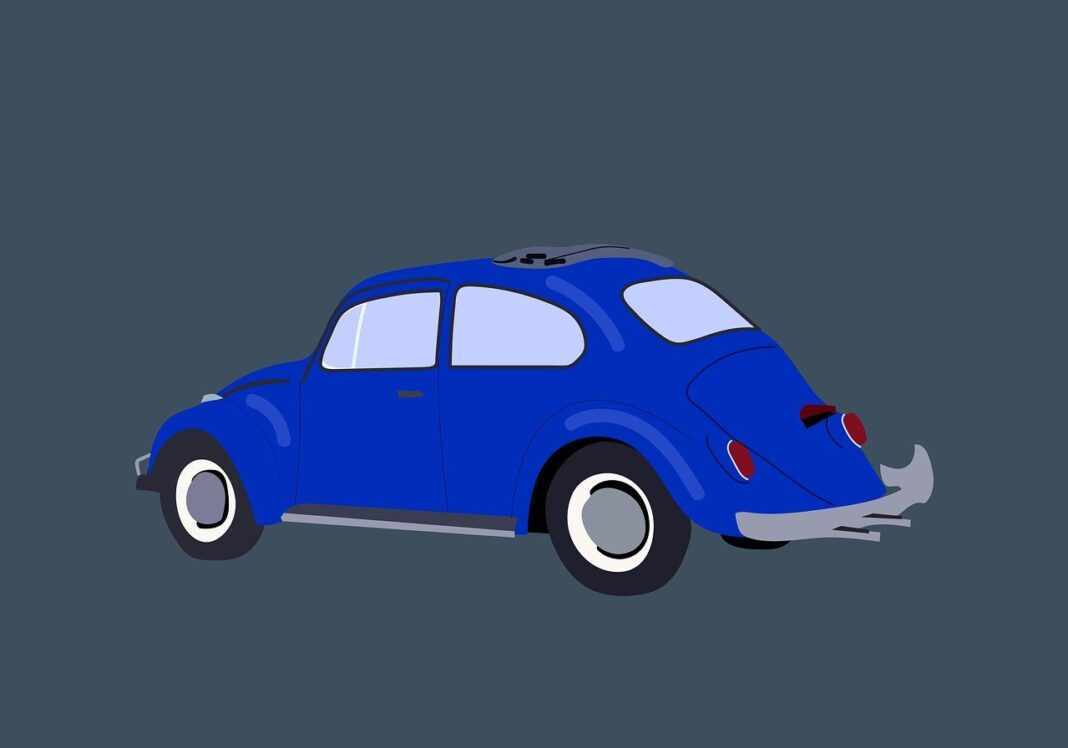The process of purchasing a car is both memorable and exhilarating, regardless of whether it is a new or a used model. However, the acquisition of a second-hand vehicle necessitates a different methodology than that of a new car purchase. A key element in the purchase of a used vehicle is the meticulous examination of the car. This step is essential for making an educated decision and for circumventing any complications that may arise during ownership. A used vehicle inspection, often referred to as a pre-purchase inspection, involves a comprehensive evaluation of a pre-owned car’s condition, focusing on mechanical integrity, aesthetic quality, and safety features. Utilizing a used car inspection checklist during the purchasing process can help prevent unexpected significant mechanical problems after the acquisition.
Things To Check Before Buying A Used Car
It is essential to perform a thorough inspection of the vehicle when purchasing a used car due to the complexities associated with such transactions. Therefore, it is advisable to take into account the following points as a checklist. Below is the checklist for inspecting before taking a decision to buy used cars in Kerala.
Interior
First and foremost, check that the seats, headliners, and any fabric on the door panels are intact and free from damage. Furthermore, it is important to ascertain that the seat adjustment controls are working as intended. Conduct a thorough examination of all electrical features, including cabin lighting, wipers, headlights, turn indicators, and power windows. It is also essential to check that the infotainment system’s inputs, such as AUX, CD player, and Bluetooth, are operating effectively. It is essential to ensure that the sunroof of your vehicle functions properly during both the opening and closing processes and that it seals completely without any noticeable gaps when in the closed position. Additionally, the floor protection mats should be examined for any signs of damage or deterioration. It is essential to verify the functionality of all steering-mounted controls on the steering wheel. Additionally, if the steering wheel features rake and reach adjustments, these should operate smoothly and without requiring excessive force. When the steering wheel is positioned at dead centre, ensure that the wheels are also aligned in the centre. This serves as an effective method to confirm the alignment of both the wheels and the steering wheel.
Exterior
Conduct a thorough inspection of the vehicle’s exterior for any scratches, dents, or other damages. Focus on the hood, roof, doors, and fenders to identify any imperfections. Additionally, check the windshield and windows for cracks. Ensure that the paint colour is consistent across the entire vehicle and that there are no rust spots present. Evaluate the tyre tread and confirm that they are properly inflated. Ensure that the tread is devoid of any signs of wear and tear. It is also essential to verify that the tyres are aligned correctly and that they are of the same size and brand. Assess the engine oil level and check for any leaks. Use a dipstick to confirm that the oil level is at the correct mark. Look for any leaks from the engine or transmission, and ensure that the oil is clean and free of debris.
Registration Certificate
A meticulous review of the registration certificate is crucial when acquiring a used car, as it represents a key factor in mitigating risks related to ownership and registration. This document will also offer pertinent details regarding the vehicle’s maintenance history and its registration condition. It is advisable to check for any unresolved issues or legal actions linked to the vehicle. Moreover, ensure that the engine number and chassis number listed on the registration papers are in agreement before proceeding with the purchase.
Insurance And Loan
Examine the vehicle’s insurance policy for any history of claims, as this may reveal previous accidents or problems. This is a crucial aspect of the used car purchasing process. Gaining insight into the insurance coverage and any unresolved claims is vital for evaluating possible future expenses and complications. Furthermore, ensure that there are no active loans or liens on the vehicle to avoid any legal or financial difficulties during the ownership transfer.
Go For A Test Drive
Conducting a test drive is a vital aspect to consider before acquiring a pre-owned car. It provides significant information regarding the vehicle’s operational capabilities. Ensure that you drive on highways, traverse narrow roads, and perform U-turns. Furthermore, evaluate the braking, acceleration, and suspension to verify their effectiveness. This will enable you to discern how efficiently the vehicle brakes and how adeptly it navigates different road conditions.
Service Records
Choose a vehicle that has been properly maintained and for which you can review the service documentation. Cars that receive routine maintenance in accordance with the manufacturer’s specifications are likely to be more durable and experience fewer issues over time than those that have not been sufficiently serviced. If you are looking at a newer model, be sure to check for any remaining warranties. A current manufacturer’s warranty can be transferred to the new owner, or you may consider purchasing an extended warranty for enhanced peace of mind.
Transfer Of No-Claim Bonus
In the event that the car carries a No Claim Bonus (NCB) on its insurance, transferring this bonus to your name can potentially decrease your insurance premiums. This transfer is commonly overlooked during the purchase of a pre-owned vehicle, yet it can lead to significant reductions in future insurance expenditures.
Inspect The Vehicle With A Trusted Mechanic
It is a wise decision to seek an assessment from a reputable mechanic. The price of a pre-purchase vehicle inspection may differ, yet it often proves to be a valuable investment. A mechanic can thoroughly examine the condition of the car, addressing aspects such as brake pad wear, trouble codes, spark plug degradation, and various other concerns that may not be apparent during a superficial inspection on the lot.
Conclusion
The process of purchasing a second-hand car requires diligent investigation and careful thought, yet it can be manageable. By employing a suitable checklist for buying a used car in Kerala, you can confidently traverse the steps involved.







